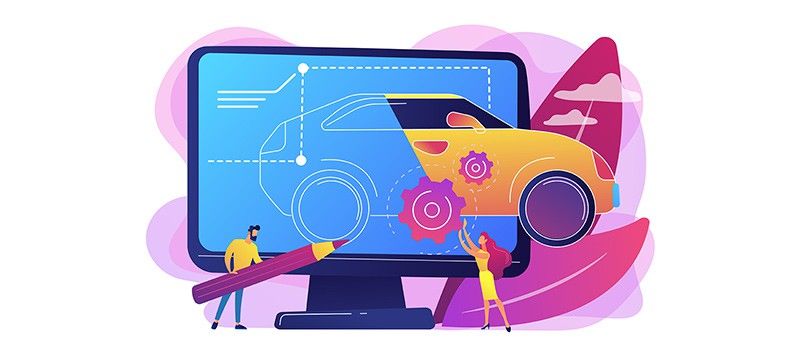Eliminating the Effort, Time and Cost of Prop 22 Compliance
There is a way to reduce the cost of this manual effort and that is through automation. Automation tools can be used to automate the tracking and calculation of hours worked, MCA, and health care subsidy for drivers.

Prop 22, also known as the "App-Based Drivers as Contractors and Labor Policies Initiative," was a California ballot measure passed in November 2020 that altered the classification of app-based transportation and delivery drivers from employees to independent contractors, thus companies like Uber and Lyft are not obliged to offer traditional employee benefits. Staying compliant with Prop 22 can be a significant manual effort for companies, especially when it comes to tracking and calculating the minimum compensation amount (MCA) and health care subsidy for each driver. This manual effort can be time-consuming and costly for businesses. In this post, we will discuss how much manual effort it takes to stay compliant with Prop 22, how to determine the cost of this manual effort, and how automation can be used to reduce the cost of this manual effort.
Manual effort is required to stay compliant with Prop 22 in several areas, such as:
- Tracking and calculating the number of hours worked by drivers
- Calculating the minimum compensation amount (MCA) for each driver
- Calculating the health care subsidy for each driver
- Paying the MCA and health care subsidy on time
- Keeping accurate records of the hours worked, MCA and health care subsidy paid to each driver
- Staying informed about any changes or updates to Prop 22.
To determine the cost of this manual effort, businesses can calculate the number of hours spent on these tasks, multiply that by the hourly rate of the employees performing these tasks, and add in any additional costs such as legal fees.
However, there is a way to reduce the cost of this manual effort and that is through automation. Automation tools can be used to automate the tracking and calculation of hours worked, MCA, and health care subsidy for each driver. This can help businesses save time and money by reducing the need for manual effort and minimizing errors. Automation tools can also help businesses stay informed about any changes or updates to Prop 22 and ensure compliance with the law.
In conclusion, staying compliant with Prop 22 requires a significant manual effort for companies, which can be time-consuming and costly. However, by using automation tools, businesses can reduce the cost of this manual effort and minimize errors. Automation can help businesses save time and money while staying compliant with Prop 22 and avoiding potential legal issues.